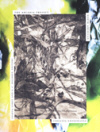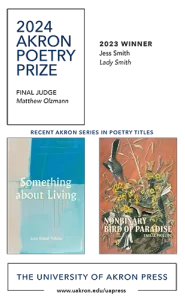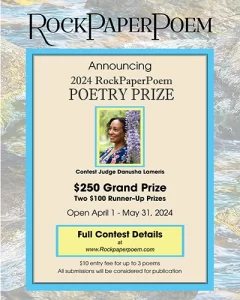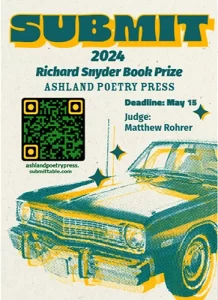The Arcadia Project
The Arcadia Project’s massive size reflects the depth and quality of its content—poems that reexamine the relationship between our perception of the natural world and how natural environments are represented in contemporary poetry. Using the term “postmodern pastoral” to define the works included in the anthology, Editors Joshua Corey and G.C. Waldrep have carefully arranged a wide array of poems from both established and emerging North American poets in order to try and define a different facet of this term. In the anthology’s introduction, Corey explains how the “postmodern pastoral retains certain allegiances to the lyric and individual subjectivity while insisting on the reality of a world whose objects are all equally natural and therefore equally unnatural.” The poems in The Arcadia Project, then, remain inclusive rather than exclusive in subject matter, incorporating and adding, not subtracting.
The Arcadia Project’s massive size reflects the depth and quality of its content—poems that reexamine the relationship between our perception of the natural world and how natural environments are represented in contemporary poetry. Using the term “postmodern pastoral” to define the works included in the anthology, Editors Joshua Corey and G.C. Waldrep have carefully arranged a wide array of poems from both established and emerging North American poets in order to try and define a different facet of this term. In the anthology’s introduction, Corey explains how the “postmodern pastoral retains certain allegiances to the lyric and individual subjectivity while insisting on the reality of a world whose objects are all equally natural and therefore equally unnatural.” The poems in The Arcadia Project, then, remain inclusive rather than exclusive in subject matter, incorporating and adding, not subtracting.
Each of the anthology’s four parts approaches the “postmodern pastoral” by building on the previous section to help shape a coherent trajectory among so many poems. Borrowing a term traditionally associated to 19th century poets and philosophers, the first section, “New Transcendentalisms,” includes a series of prose poems by Sarah Gridley that renders the transcendent moment in concentrated language by peeling back language. In “Edifice,” the speaker reveals moments sentence by sentence, describing how “Outside is a watering hole big as your eye. Tonight it will come back in to your body, a storm with windows never closed.”
Focus on the particular continues in Oni Buchman’s poem “No Blue Morpho,” in which the speaker describes, in short, tight lines, the non-interaction between human and butterfly. Eventually, the speaker realizes:
instead in my
perfect concentrated
stillness I heard
for the first
time the microtones
of wing scales drifting
softly and invisibly
through the heated air
microscopic motes of
color-fashioned dust
This new experience of heightened awareness pushes away the human desire to be touched by the butterfly, allowing the speaker to let go and watch the “Blue Morpho as he / flew on in unerring / loops” to remain a “nonintersecting beacon.”
Throughout the anthology, various poems attempt to redefine or lay claim to nature by adding in fragments. In the brief “Twenty-First Century Ecology” by Patrick Pritchett, the poem’s lyric qualities provide of sense of interconnectivity, claiming: “We leaf. The sole burning of a line of light along crest of hill and then.” A sense of urgency remains palpable in Marthe Reed’s “Chandeleur Sound,” shifting back and forth from bureaucratic terminology to images of “Barrier islands braceleted in orange. Royal terns, laughing gulls glide above (oiled) surf. Pelicans, given to loafing on shoals.” Many other poems continue this process of adding in the particular, building a sense of repetition in the excess of not only “natural” images but of other man-made objects and places.
The Arcadia Project is hopefully just the beginning of a series of anthologies that explore the ever-evolving construct of “nature” in North American poetry, and, perhaps, in other parts of the world as well. Trying to choose a few representative pieces that embody the collection may prove to be impossible, so readers should revisit the anthology often to discover and rediscover fresh, new poems that ask us to reconfigure our notions of nature’s place in everyday life. As Corey claims, this anthology serves as a “living and motile assemblage of what our best hopes for what poems can be: vessels of attention to the world and to language, attention at its most intense.”





